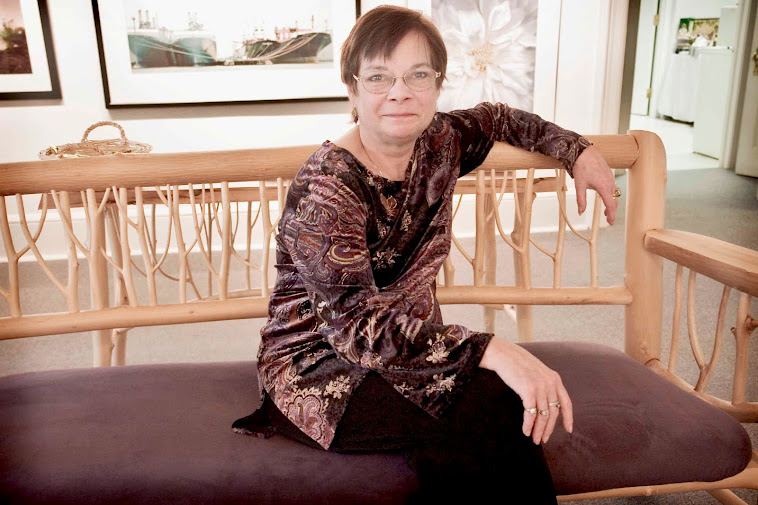Here’s a spring season photography suggestion: Spend a few hours in Old Town Alexandria and view two exhibits well worth your time and attention. I had forgotten how much fun Alexandria can be, with lots of great places to eat, fun boutiques and good art galleries.
 |
| Tim Hyde, "Elevator, Colon, Nebraska," |
At the Multiple Exposures Gallery, on the third floor of the Torpedo Factory Arts Center, check out their current exhibition “New Members Show,” featuring Soomin Ham, Tim Hyde and Fred Zafran. The photographs on view in this three-person show are diverse, but inherently intriguing. Tim Hyde’s wintery scenes of rural Nebraska are haunting and, at the same time, glowing.
Multiple Exposures Gallery is a cooperative gallery, with fifteen accomplished photographers as members. In addition to what is hanging on the walls, the professionally organized bins are an opportunity to view images from all of the members. I applaud the efforts of Multiple Exposures Gallery and encourage you to visit the venue. The “New Members Show” is on view through March 24. For hours and other events, visit the website: www.multipleexposuresgallery.com.
Also in Alexandria, a charming exhibit at the ATHENAEUM: 201 Prince Street,
Entitled ‘”PROCESS; PHOTOGRAPHY.”
The concept of this show is to explore a variety of historic and contemporary photographic devices and processes that have been utilized by photographers (specifically local photographers) in the past few decades. It is a didactic exhibit, with a printed checklist, which contains copious information on the cameras utilized and the processes to produce the images. The range of picture taking devices is impressive: from a 1890s 5x7 field camera with a 1870s brass lens to an iPhone 4. The diversity of printing techniques is also interesting.
Although this is a small exhibition – 15 photographers and just 20 images – there’s a lot to learn about equipment and techniques. I would like to have seen at least one or two more images from each of the artists. Admittedly, my favorite is Robert Creamer’s ‘Iris Throne” – a delicious floral study. I have to confess ‘the color of purple’ in this photograph is something I could not resist.
The Athenaeum is hosting an Artists’ Show and Tell on Sunday, April 7, 2:30pm. This is an opportunity to hear from the photographers themselves. Unfortunately, the regular hours at the Athenaeum are limited to Thursday, Friday & Sunday, from 12 to 4:00pm, and Saturday from 1 to 4pm. The website is: www.nvfaa.org.


